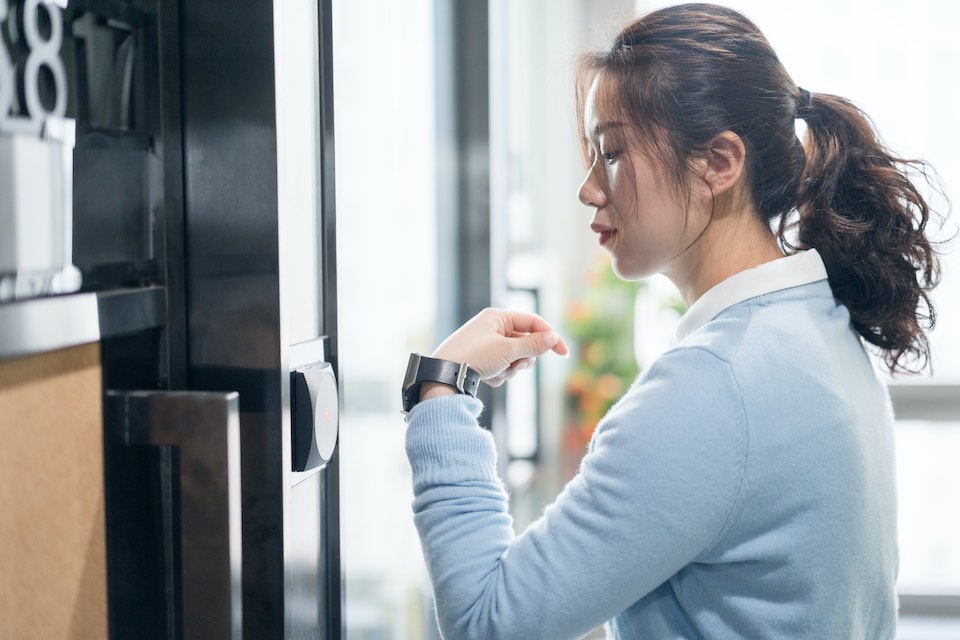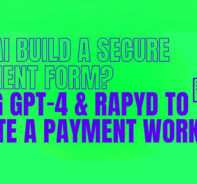Prepare for the coming wave of internet of things enabled payments.
Table of Contents
The IoT (internet of things) sector is growing by 15% every year, according to payments and banking analysts (Mercator Advisory Group). There are now more connected devices, like fridges, vehicles and machinery than conventional smartphones and laptops. This presents significant sales opportunities for businesses that embrace internet-of-things payments.
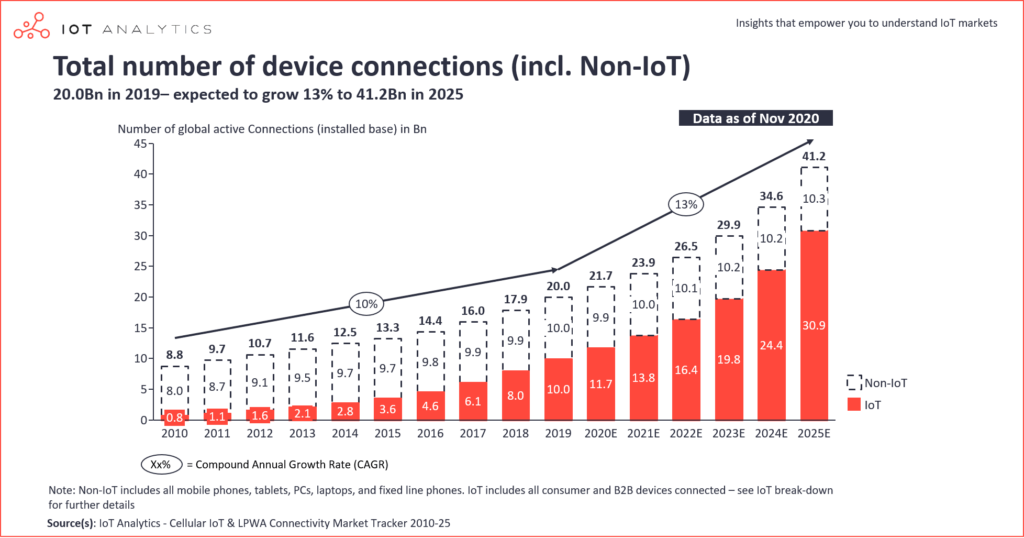
What are IoT Enabled Payments?
An IoT payment platform can help consumers pay for a range of goods and services through connected devices beyond just phones or tablets. Consumers can use their cars, kitchen and living room appliances and watches to pay for goods. For example, an IoT payment platform within a washing machine can reorder fabric conditioner when supplies reach a pre-set level. IoT payments enable many appliances and devices to browse, order and pay for goods, with their owners’ permissions.
Three Innovative IoT Payment Solution Examples
Fitbit and Garmin Wearables
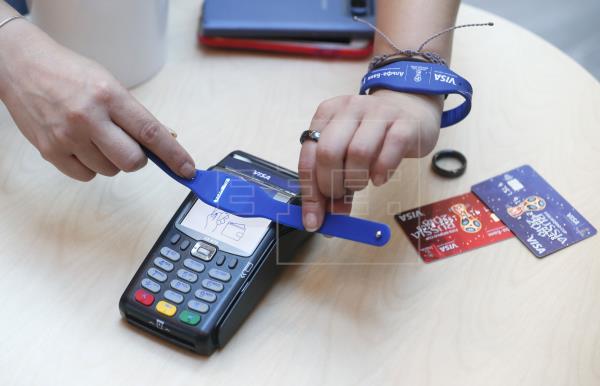
At the most recent football World Cup, Visa supported a wearable wristband that soccer fans could use to pay for goods at the stadium. The credit card company has also developed IoT payment solutions with sport watch manufacturer Fitbit and GPS company Garmin.
Biometrics can also play an interesting role in IoT payments. Consumers are already familiar with using biometric authorizations on their phones and tablets. By liking a unique token to users’ voices, IoT enabled payment platforms can address fraud concerns and ensure only genuine payment transactions are approved. (Visa)
Samsung Family Hub
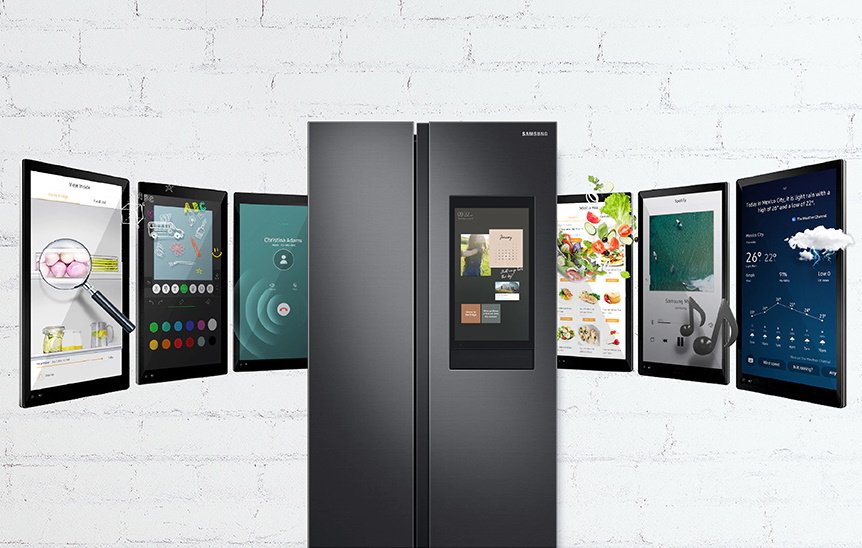
Samsung’s Family Hub is an award-winning refrigerator that allows people to find deals and coupons for stores in their area, order products and meals from Amazon and GrubHub, and shop and pay for groceries with Instacart — and have them delivered within one hour. The appliance was co-developed with Mastercard.
Honda Dream Drive
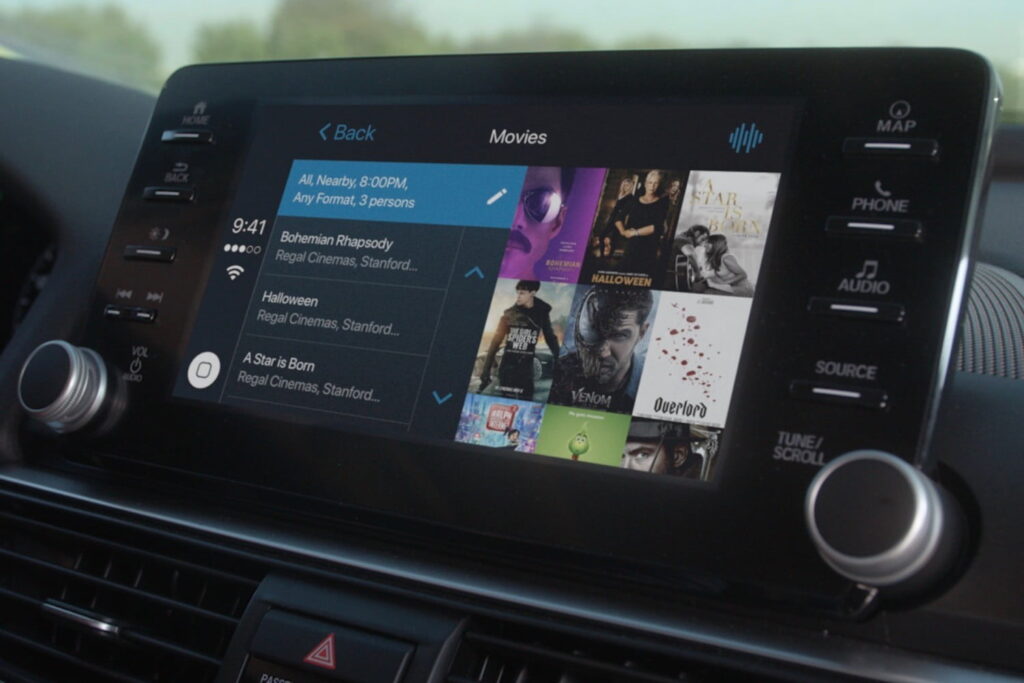
In-car purchases have been touted by several vehicle makers — but they are having a moment lately, due to consumer and business desire to offer new payment methods in COVID-safe ways. Honda has worked with Visa to build and enhance the in-vehicle payment experience to make payments more convenient and secure. Honda Dream Drive helps drivers safely pay for petrol, parking, movie tickets and food deliveries (Honda Dream Drive).
Other Leading Companies Embracing and Innovating Internet of Things Payments
- General Motors: The automaker was an early mover in the IoT space, working with Mastercard and IBM to include payment acceptance in its OnStar Go vehicle system.
- HP: The printer manufacturer has seven million subscribers to ‘Instant Ink’. Printers used by consumers working at home have the ability to automatically reorder cartridges (Payments Journal).
- Progressive Insurance: The vehicle insurer offers a pay-as-you-drive program, that involves adding a device to cars’ on-board diagnostics kits. The device monitors driver performance and enables consumers to pay different levels of premiums based on good driving performance and typical risk.
Why Are Leading Brands Turning to IoT Payments?
The possibilities for IoT payments are growing at an unprecedented rate, especially in the COVID era when consumers are spending more time at home, in vehicles, and on devices. IoT car payments could make touching parking meters a thing of the past. You could also pay for gas as you pull up to the pump, or ask your car’s voice assistant to order and pay for food as you wait in line at the drive-through.
But it’s not just brands who are watching IoT payments closely. PwC India, for example, has suggested IoT payments could challenge credit and debit cards while displacing the need for cash, and ultimately empowering consumers to make faster, frictionless purchases. Yes, in the past IoT payments were rare and novel — but now their true utility is coming to light.
Why Rapyd?
Rapyd Fintech-as-a-Service lets merchants quickly and easily integrate consumers’ preferred payment methods into apps, devices, and ecommerce experiences anywhere.
Sources:
“Honda Dream Drive.” https://hondanews.com/en-US/honda-corporate/releases/release-97c3e3110b2841df9dc001e8ae842cc8-honda-dream-drive-to-deliver-next-generation-infotainment-commerce-services-and-rewards-to-drivers-and-passengers.
“IBM.” https://www.ibm.com/blogs/internet-of-things/what-is-the-iot/.
“IoT Analytics.” https://iot-analytics.com/state-of-the-iot-2020-12-billion-iot-connections-surpassing-non-iot-for-the-first-time/.
“Mercator Advisory Group.” https://www.mercatoradvisorygroup.com/Reports/IoT-Payments–Taxonomy-Driven-Market-Size-and-Company-Rankings/.
“Payments Journal.” https://www.paymentsjournal.com/iot-payments-continue-to-move-forward-amidst-the-pandemic/.
“PwC.” https://www.pwc.in/consulting/financial-services/fintech/fintech-insights/iot-the-catalyst-for-invisible-payments.html.
“Visa.” https://usa.visa.com/visa-everywhere/innovation/visa-ready-and-iot-payments.html.
Subscribe Via Email
Thank You!
You’ve Been Subscribed.
